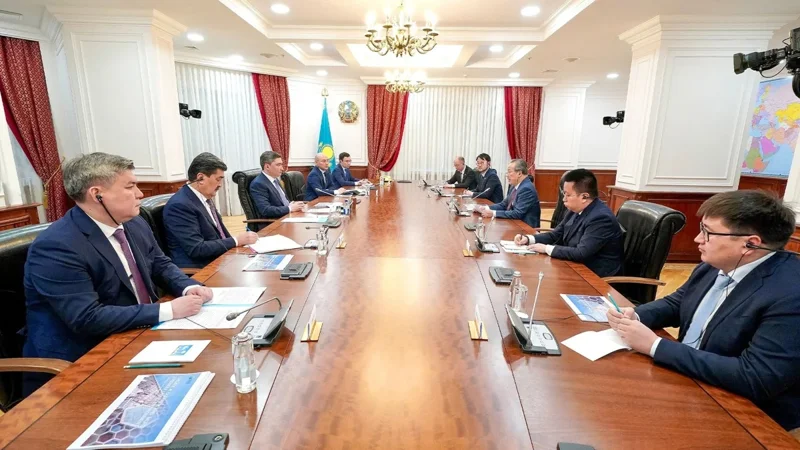WNAM REPORT: Kazakhstan, China have discussed the prospects for implementing Waste-to-Energy technology in Kazakhstan.
The issue was explored at a meeting between Kazakh Prime Minister Olzhas Bektenov and Chairman and CEO of Shanghai SUS ENVIRONMENT Co., Ltd Long Jisheng in Astana.
The sides discussed cooperation under the agreements reached during Bektenov’s working visit to China in November 2024, according to primeminister.kz.
Long Jisheng presented a project of a waste recycling plant construction in Almaty, with a daily recycling capacity of around 2,000 tons and generation of 60MW of electricity. The project is expected to attract $270 million of direct investment.
The mayor’s office says that the launch of the plant will cover the city’s demand in solid household waste utilization and will raise the share of waste recycling to 80% by 2029.
According to Long Jisheng, Shanghai SUS ENVIRONMENT Co., Ltd is a leading Chinese waste-to-energy company accounting for 40% on the Chinese market. The company has implemented 84 waste recycling projects, the so called ecological industrial parks, in various countries. The technologies applied by the company meet the highest international ecological safety standards.
Olzhas Bektenov emphasized the importance of tackling environmental problems amid growing population and needs.
“The Head of State assigned us with a task to raise household waste recycling volumes to 38% by 2029. The construction of the waste recycling plant is an important project, as more than 4.5 million tons of waste is generated in the country every year. The ecological utilization of waste with energy generation will become an important stage in waste recycling development. The government backs this project and is ready to provide necessary assistance. We are committed to long-term cooperation with serious investors,” said Bektenov.
Sectoral ministries and Almaty mayor’s office were tasked to compile a draft investment agreement within two weeks, in order to start the construction works in June.
As many as 500 people, primarily, local personnel are set to be employed during the project’s implementation.


